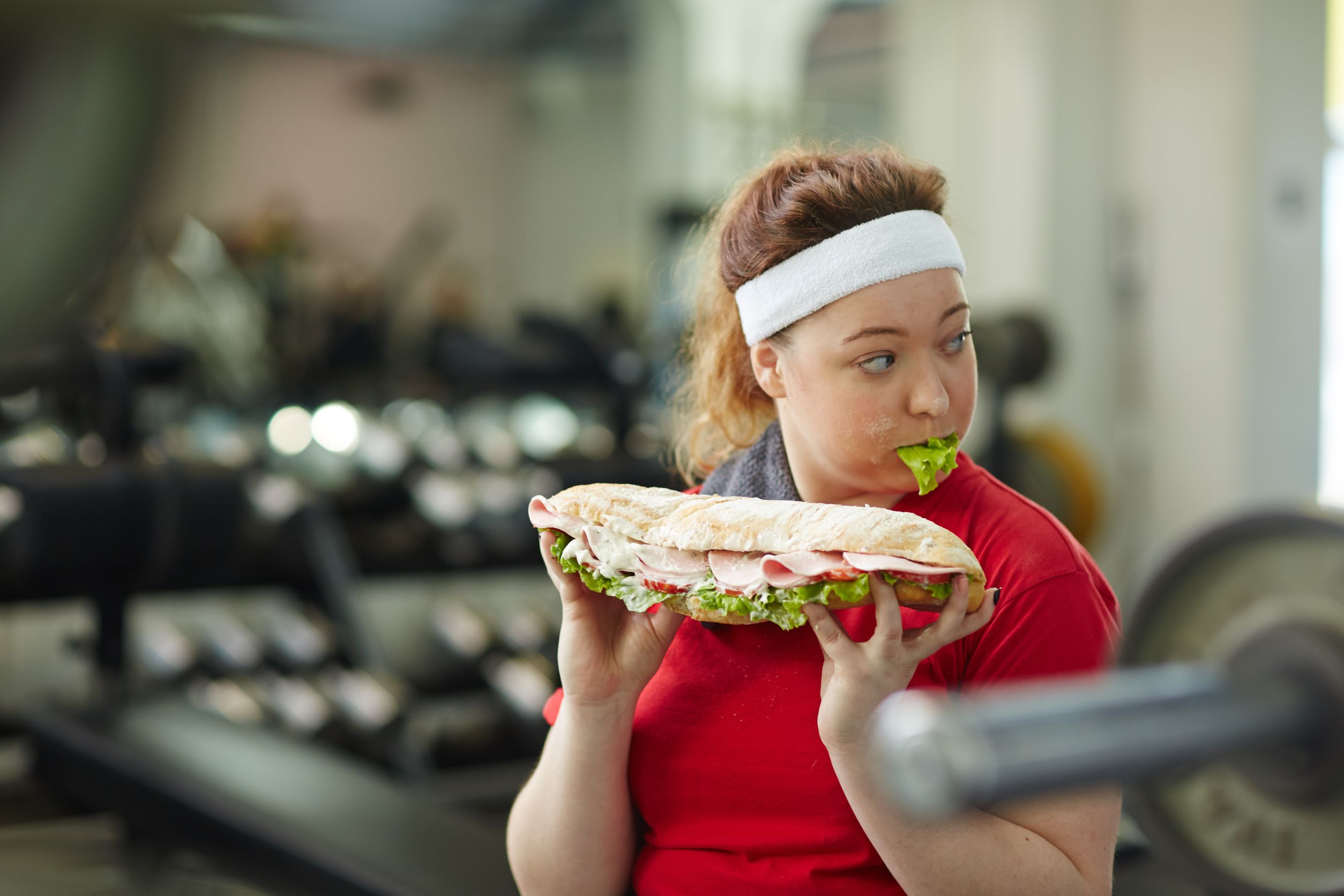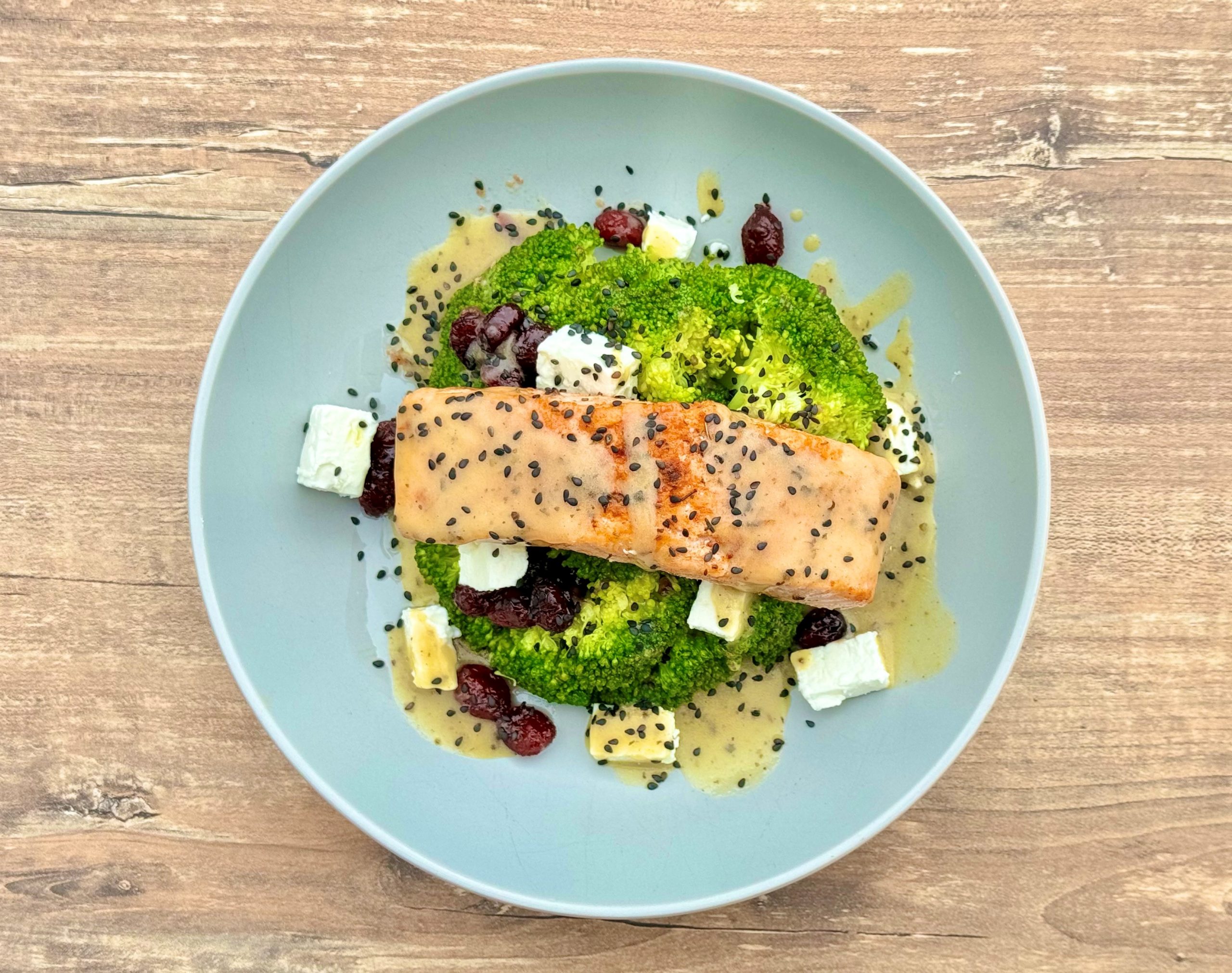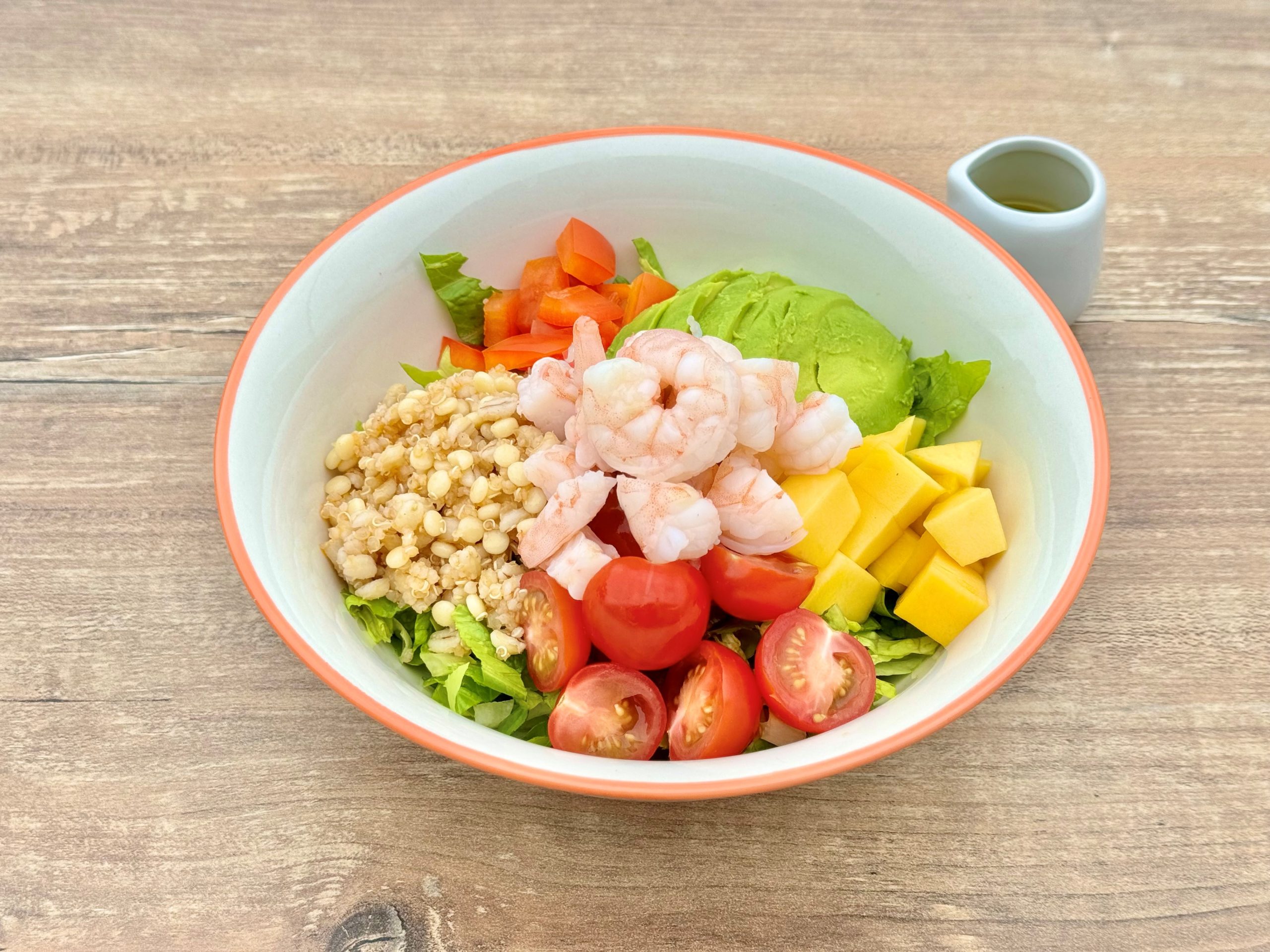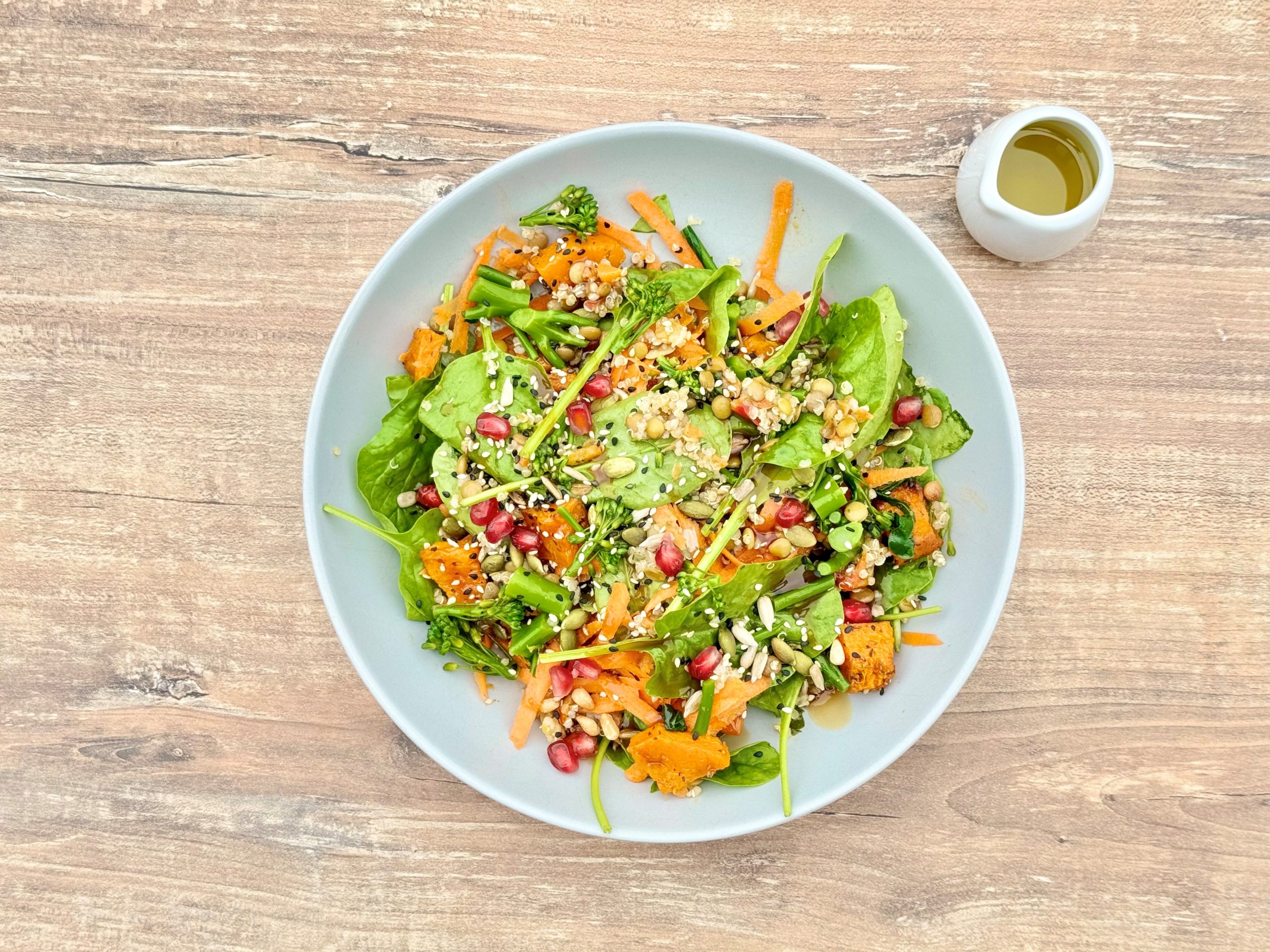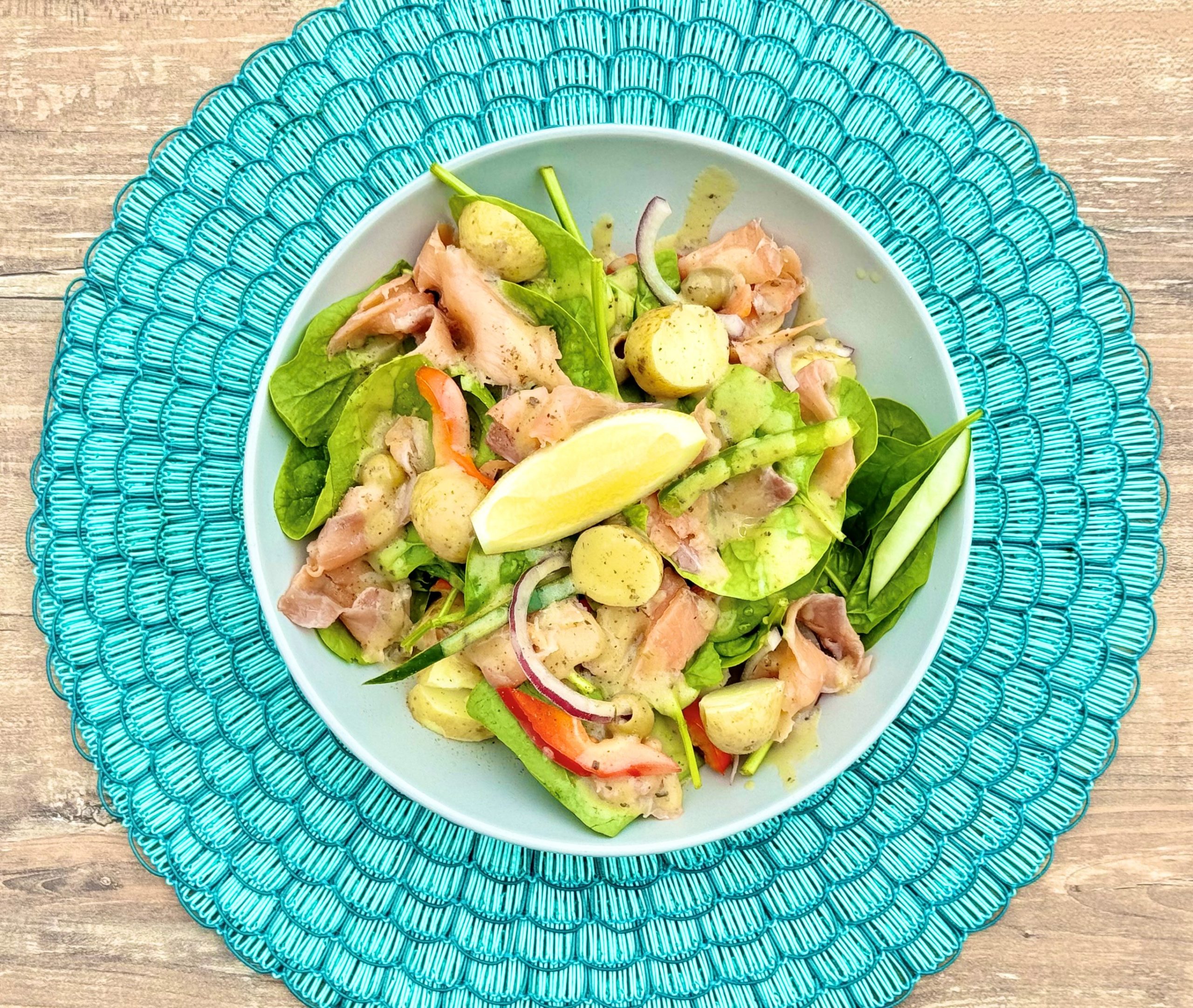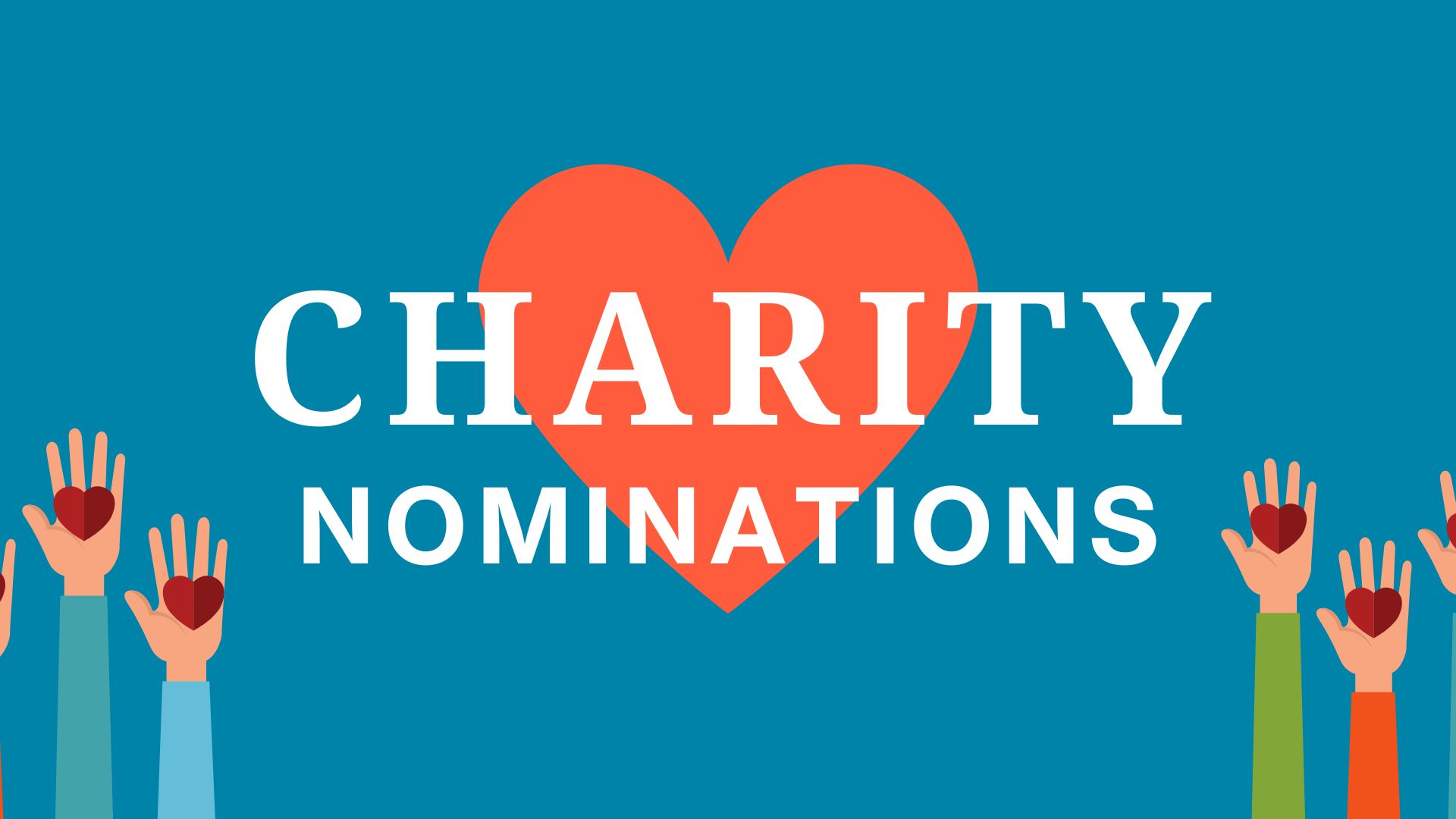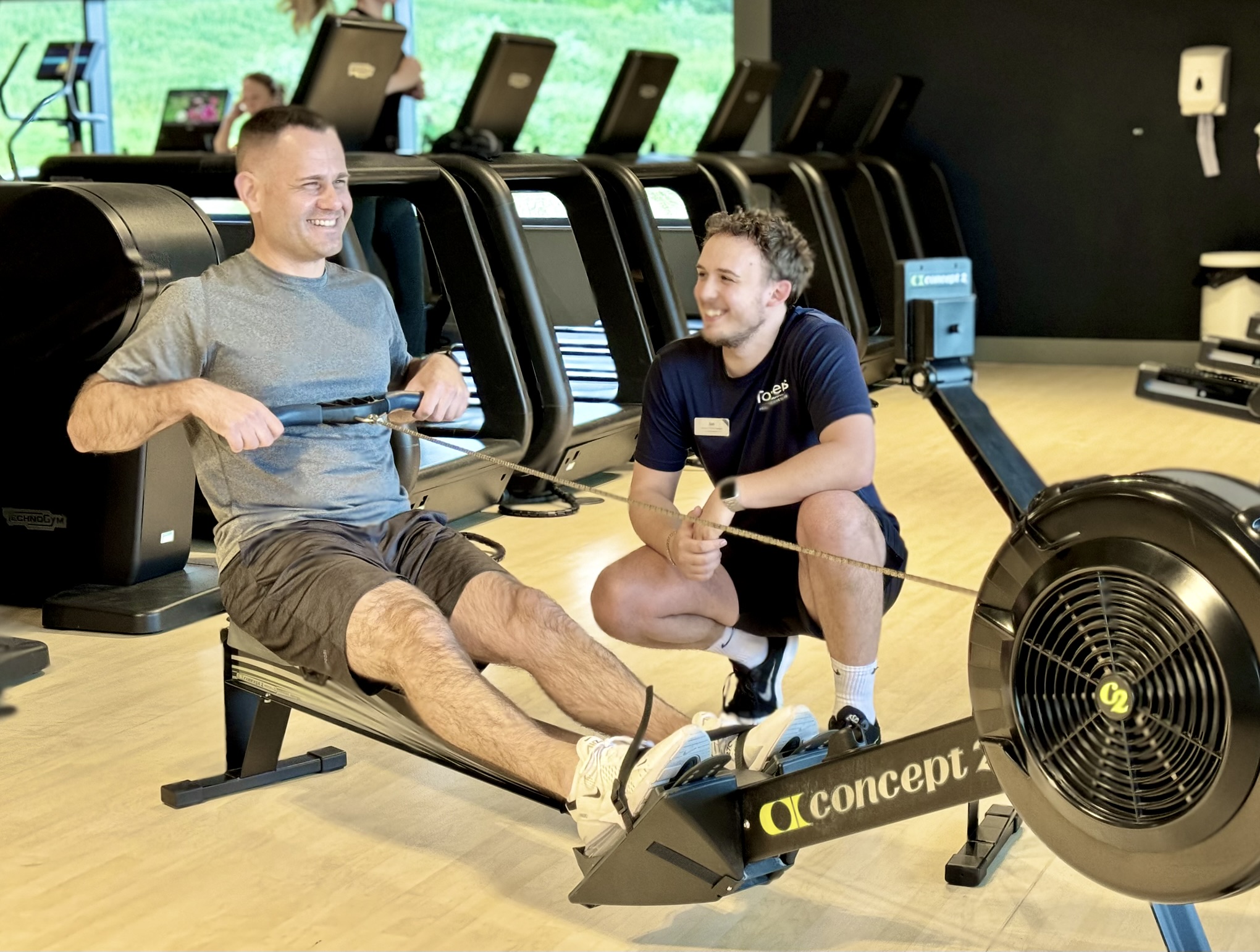Conquer Your Cravings
Break the sinister cycle that makes you overeat.
From ruining your progress to making you feel like a failure, food cravings aren’t your friend (no matter what they say). In this article, we break down the real reasons you can’t stop over-snacking, and explain how to combine smart behavioral strategies with healthy junk food alternatives—so you can finally conquer your cravings.
Have you ever stared at a pile of crumbs, with a belly full of shame, and wondered, ‘How did I let this happen?’
We can relate. Because almost everyone can relate.
Besides driving you to eat, cravings can drive you nuts—making you feel like an out-of-control failure who can’t keep from overindulging.
But you aren’t powerless against these urges, even if it seems that way.
The secret to winning the cravings game?
It’s not about eliminating your cravings altogether. That’s wishful thinking.
It’s not about building your willpower, either. Relying solely on self-discipline all-too-often ends with a binge (and then a whimper).
No, the way you conquer your cravings is by outwitting them.
How? By understanding why, where, and when they occur and creating a strategic action plan ahead of time.
Think of it as learning junk food jiu-jitsu.
And if you’re ready, you can start today.
Here are 5 simple strategies—along with 16 delicious recipes—to help you get off the cravings train for good.
Dig to the root of your cravings.
No one hates on themselves when they crave a salad, Super Shake, or a grilled chicken breast.
But most cravings are closely tied to junk food and have little to do with true hunger. And each time you indulge these urges you reinforce the behaviour, creating a “cravings cycle” that can hijack your progress… and your sanity.
The cravings cycle works like this:
First comes the urge (the craving), followed by the behaviour (finding a food that satisfies that craving). Then, you get the reward (eating the food you wanted). That last part is accompanied by a release of dopamine, giving your brain a “hit” of pleasure.
From there it can snowball: The more often you reward your brain, the more likely it is to stimulate the craving, and the stronger that craving may become.
Find your trigger
Ever had your mouth water at the mere sight of a McDonald’s drive-thru? Or smell that movie popcorn and make a beeline for the concession stand—even though you swore you’d skip it this time?
Cravings are often brought on by environmental cues such as sight, smell, taste, location, or company. So tracking when and where your cravings occur can you help you figure out what triggers them. From there, you can adjust your environment and habits to disrupt the cycle.
Each time you experience a craving, jot down the answers to these questions:
- What are you craving? (A specific food? A certain flavor or texture?)
- Where are you? (Note your location, but also any smells or visual cues—like a restaurant billboard or commercial.)
- What are you doing? (Driving? Working? Watching TV?)
- What are you feeling physically? (Shaky? Lightheaded? Tense?)
- What are you feeling emotionally? (Happy? Cranky? Rushed?)
- What are you thinking? (For instance: ‘I might as well eat this… I’ve already blown my diet.’)
- Who are you with? (Be very specific.)
This isn’t a one-time exercise. Try it for a couple of weeks so you can see what patterns emerge. And trust us, there are almost always patterns.
Change your patterns.
Let’s say you tend to reach for ice cream an hour after dinner every night. According to your notes, you’re not even really hungry; you’re just craving something sweet, salty, or crunchy… or maybe a combination of the three.
Or perhaps you’ve noticed that every day after your 2 pm conference call, you saunter down to the office cafeteria “just to see if there’s anything new.” (There’s not.) And you end up with a 500-calorie “treat” you didn’t need or even truly want.
You’ve just identified a pattern. Now you can disrupt the cycle with these smart behavioural strategies.
Strategy #1: Give your craving a timeout.
Yes, the strategy traditionally used with wilful toddlers can also work with Rocky Road.
Notice your snack urge, and sit with it for five minutes without taking action.
This isn’t about exercising willpower. It’s about pausing just long enough to let your conscious mind say, ‘Hey, I’m in charge here!’ This gives you the chance to evaluate all your options, and make a rational decision, rather than a reactionary one.
Are you actually hungry? Or are you bored or stressed or procrastinating?
Does a steak or baked potato sound good, or is it just those donuts in the break room?
These are the kinds of questions you can ask yourself.
Granted, you may still decide to go ahead and indulge. After all, maybe you’re truly hungry. Or perhaps you’re just not having your best day. (Trigger alert.) And that’s okay.
Don’t consider this a failure.
In your efforts to break your cravings cycle, you won’t be perfect. Simply think of this as an opportunity to gather more data about your cravings, so you better understand them for next time. (And give yourself a pat on the back for taking five minutes.)
But here’s the really important part: You don’t have to choose between giving in to your cravings and depriving yourself.
There’s a space in between the two, and that’s where you can really break the cravings cycle.
Strategy #2: Choose an activity that doesn’t involve chewing.
What happens if you step away from the freezer and go for a walk, clean up your phone’s camera roll, or make a new Spotify playlist?
By immersing your mind or body in an activity long enough, you may run the urge all the way out of your system.
That’s because cravings are often psychological rather than physical. And with the exception of very strong grief or trauma, intense feelings don’t usually last longer than 15 to 20 minutes. If you’re not really hungry, the craving will likely dissipate.
You’ve probably even experienced a form of this “diversion therapy” before. Ever get so involved in a project that you actually forget to eat lunch? Or the afternoon flies by, and you didn’t even think about a snack? Same concept, only this time, you’ll do it on purpose.
Once you sense a craving, choose an activity you can really dig into, such as:
- working on a project you’re passionate about
- crossing an item off of your daily to-do list
- responding to a few emails
- calling a friend
- playing an instrument or video game
- shooting hoops in the driveway
- colouring a page or two in a colouring book
- exercising, gardening, or cleaning
Remember, you’re looking to activate and occupy your mind and/or body. So, while different activities may work better for different people, watching TV probably won’t help (and in fact, is often a trigger).
Strategy #3: Try an experiment.
Hunger and cravings tend to come in waves, rising and falling throughout the day.
It helps to understand how this feels. That’s why we often suggest our healthy clients (those without any pre-existing health conditions) try a fasting experiment. For 24 hours, they don’t eat (they’re reminded to stay well hydrated, though). Although some are afraid they’ll be “starving all day long,” that’s not usually what happens.
Yes, they get hungry. Yes, they get cravings. But these feelings come and go, and for many folks, this can be both eye-opening and empowering. In a sense, fasting forces them to “lean in” to urges, and accept “it’s okay to be hungry.”
Do they waste away? No.
Do they collapse from exhaustion? No.
Does the world end? No.
Again, this isn’t about testing your willpower or denying yourself. It’s about giving you a fresh perspective, and reducing the anxiety, discomfort, and urgency you feel the moment hunger or cravings arise.
Strategy #4: Eat the right foods during the day.
Though cravings can happen any time of day, nighttime cravings and overeating are very common.
At PN, we don’t necessarily like to tell people exactly when or how many meals to eat. It’s okay whether you eat a couple of times a day or several, or if you have most of your food in either earlier in the day or later. So long as it’s working for you, it’s all fair game.
But over the years, our coaches have discovered clients who overeat at night are often restricting their intake throughout the day—knowingly or unknowingly.
For example, they might be skipping breakfast and having a salad with little or no protein for lunch. By dinner, they could be making solid choices rich in fibre, protein, and healthy fats, but their appetite is already in overdrive. So it’s no wonder they’re feeling snacky before bed.
What you eat during the day matters. Not so much what you eat on any given day, but what you eat most days.
Fibre (especially from low-calorie vegetables) helps fill you up, and protein keeps you full longer between meals. This makes eating a combination of these nutrients, in sensible portions at regular intervals, key for regulating appetite.
Through years of experience, our coaches have found that even small adjustments to eating habits, such as adding a daily breakfast with a healthy dose of protein and veggies—along with reasonable amounts of smart carbs and healthy fats—can help curb after-dinner overeating.
The message here is simple: If you have a voracious night-time appetite, look at what you’re eating the rest of the day. You may find if you do a better job of nourishing your body at other meals, you won’t hear that little “feed me!” voice when you’re about to brush your teeth.
Strategy #5: Indulge your cravings—under the following conditions.
Really craving a chocolate bar? Okay, have one. But choose a pricey, high-quality chocolate. Eat it slowly, and savor the experience. Though it seems counterintuitive, clients tell us they eat far less of the chocolate (or any craved food) this way. And research shows the same.
Or even better, try this unconventional strategy from Krista Scott-Dixon, Ph.D., Precision Nutrition’s Director of Curriculum. She tells her clients they can have any snack they want, but it has to be purchased—right before eating—from a grocery store that’s 15 minutes away.
She’s discovered that half the time, people decide it’s not worth the effort.
What about clients who do set out for the grocery store? By the time these folks arrive, they sometimes don’t even want the snack because the craving’s gone.
Precision Nutrition Master Coach Dominic Matteo has used a similar method with his clients. It goes like this:
You can eat it, but you have to make it.
That’s right: Potato chips need to be sliced from actual potatoes and cooked in the air fryer. Cake needs to be baked in the oven. Ice cream needs to freeze.
Sound ridiculously impractical? Sure, it does, and that’s the point.
It helps answer this question: How hungry are you, really? Besides, this is exactly what people have had to do for most of human history. (Sans the air fryer, of course.)
One important consideration for both of these strategies: They work a lot better if your kitchen pantry and office desk aren’t full of ready-to-eat temptations.
So remember Berardi‘s First Law (named for its originator, Precision Nutrition co-founder Dr. John Berardi):
If a food is in your house or possession, either you, someone you love, or someone you marginally tolerate will eventually eat it.
Which raises one final question…
Junk food alternatives: Marketing trick or healthier treat?
Answer: It depends.
“Healthy” snacking options are everywhere, from frozen yogurt to those keto-friendly “fat balls” that keep showing up on your Instagram feed.
These junk food alternatives can be helpful, but there are a couple of caveats to keep in mind.
First, these shouldn’t be your only strategy. There’s evidence suggesting that when people purposely choose a “healthy substitute,” they often overeat later.
So in order for junk food alternatives to be helpful—instead of harmful—they need to be used in conjunction with other strategies, like the ones in this article. Otherwise, you’re just continuing the cravings cycle with a different type of food.
Second, not all substitutes are created equal. Though they include labels like “organic,” “gluten-free,” or even “low calorie,” store-bought junk food alternatives are often made with a delicious combination of sugar, fat, and salt or other brain-pleasing ingredients.
In fact, they’re frequently manufactured to be easy to eat in large quantities. So sure, these products might be slightly better choices than straight up junk food. But they’re unlikely to help you avoid overeating when cravings strike.
But hey, it’s not all bad news.
Chosen wisely, healthy substitutes could help change your taste preferences. If you become accustomed to eating homemade, no-sugar-added ice cream, you may start to crave that instead of the store-bought stuff.
After that, maybe the next step is switching to fresh fruit when you crave something sweet. You’re still dealing with a craving, but you’re making progress toward prioritizing healthier foods.
Eventually, you may start to crave fruit itself, and in most cases, craving fruit isn’t too big of a problem for anyone.
For these reasons, choosing junk food alternatives that contain mostly whole-food ingredients, can be made at home, and aren’t extremely calorie-dense is your best bet.
Here’s what to do:
Step 1: Decide if you want the real thing.
Arguably, truly enjoying a full-fat ice cream in a reasonable portion beats a compulsive, automatically-gobbled pint of a “healthy substitute” that leaves you with a weird chemical aftertaste. And no matter what your goals are, you absolutely have the right to choose to indulge from time to time.
So before opting for a junk food alternative by default, decide whether or not you truly want the “real thing.” Ask yourself:
- When was the last time you had it?
- Are you actually hungry? Or do you just feel like eating?
- Do you think you can eat it slowly, mindfully, and stop when you’re about 80 percent full?
- Will you be able to feel happy and satisfied after eating it? Or are you more likely to feel guilty and regretful?
If you decide you want to eat the real thing, enjoy it. Savour it, and then move on. (And note all of this in your cravings journal.)
If you decide the real thing isn’t worth it or that you don’t really want it all that badly, go for a swap that’s both wholesome and satisfying.
And remember, not eating anything is also an option. If you’re not truly hungry, you may find doing one of the activities listed earlier helps relieve the craving.
Step 2: Satisfy your craving with a healthier substitute.
Disrupting the cravings cycle is key, but it takes time and practice to master it.
And no matter how in tune you are with your appetite, emotions, and eating habits, there are going to be times when you have a craving, truly feel hungry, and want another choice.
That’s when healthy junk food alternatives come in handy.
Follow this link to 16 recipes of healthy junk food alternatives, created by Precision Nutrition Chef Jennifer Nickle.
Most of these treats can’t be whipped up in just a couple of minutes… and that’s a good thing. Because they take a little time and effort, they may even help disrupt your cravings cycle. And though they taste indulgent, they’re made with fresh, wholesome ingredients.
So go ahead: Enjoy them all… just not all at once.
This article was written and provided by Precision Nutrition – the world’s leading nutrition coaching educator and software provider. Author: Julia Malacoff, PN1, CPT – Writer & Editor at Precision Nutrition and Jennifer Nickle – Chef of Culinary Development at Precision Nutrition)
BACK TO INFO HUBWould you like some help to become the healthiest version of you?
Most people know that regular movement, eating well, sleep and stress management are important, yet many need help applying this knowledge in the context of busy and sometimes stressful lives.That’s why we now offer nutrition based services at Club Towers, available to members and non-members. Using the proven curriculum & resources of Precision Nutrition (PN) and delivered by our in-house PN Level-2 Certified Coach, our goal is to help our members and the wider community to achieve sustainable vitality through healthy nutrition and lifestyle habits…….whatever challenges you may be dealing with.
This is offered in three ways, a habit-based nutrition & lifestyle coaching programme, 1-1 consultation sessions and Information Hub.
To find out more about how we can help you, book a 20-minute consultation (free for all members) with our Coach, Ann Towers at [email protected].
